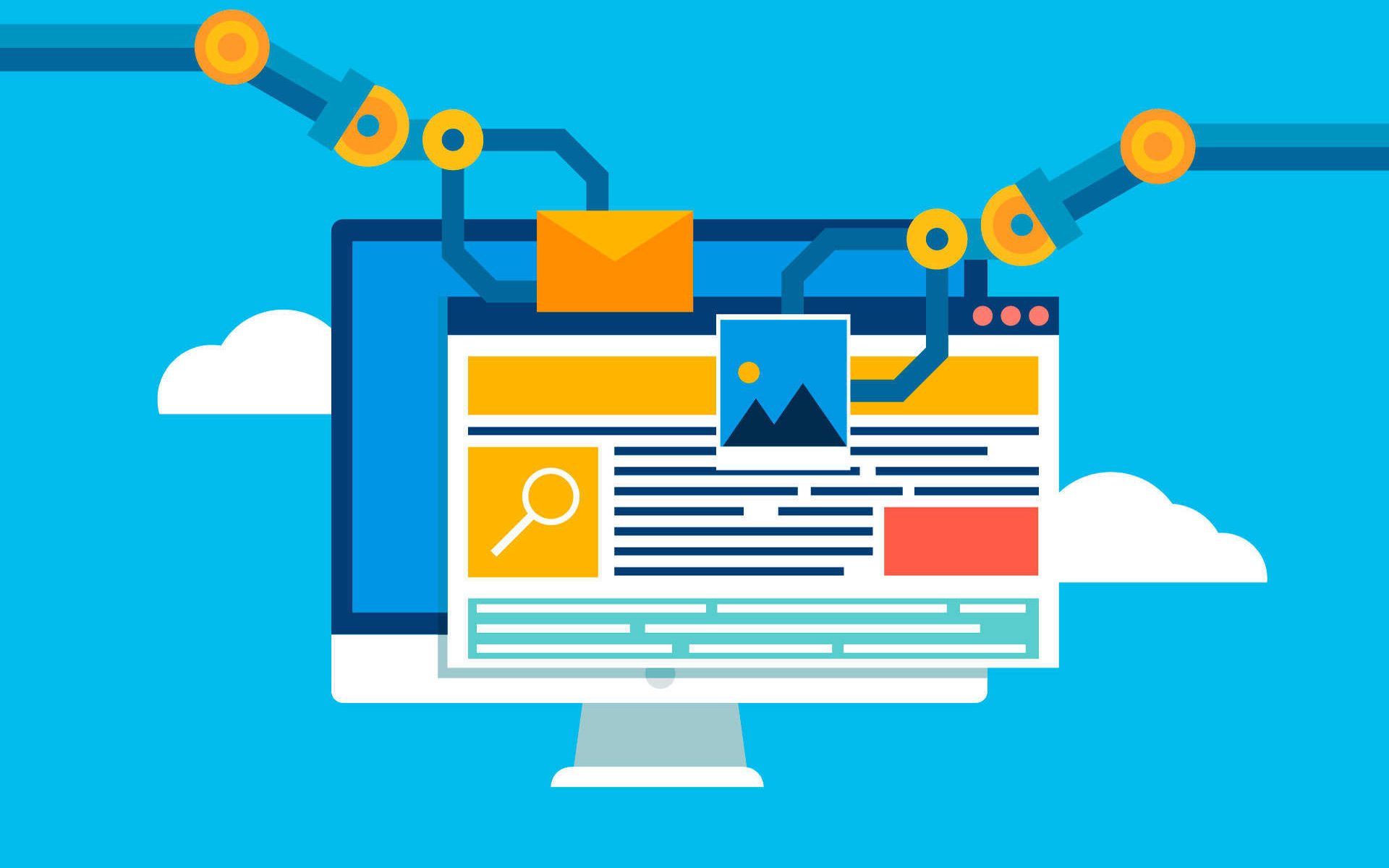Recent years have seen a steady increase in the need for logistics apps, which is rational and definite. The logistics sector is closely linked to other significant industries and has a significant impact on both the domestic and international markets.
Although the development of digital logistics was gradual, to begin with, it is now widely embraced by logistics companies around the world. IT players as well as established logistics firms are participating in the services to grow it into a multi-hundred billion dollar industry.
It is unnecessary to discuss how digitization is assisting every organization with operations, flexibility, and sustainability because it offers a wealth of advantages. Even though many businesses first found it difficult, it undoubtedly enhances their various departmental procedures after implementation.
Benefits of Logistic Application
Logistics applications play a crucial role in streamlining and optimizing various aspects of supply chain management and transportation operations. Here are some benefits of using logistics applications:
- Efficient Resource Utilization: Logistics applications help in the better allocation of resources such as vehicles, drivers, and warehouses. This leads to reduced idle times, improved asset utilization, and cost savings.
- Real-time Tracking: These applications often provide real-time tracking of shipments, vehicles, and inventory. This visibility helps in better decision-making, improved customer service, and quicker response to any disruptions.
- Route Optimization: Logistics apps use advanced algorithms to optimize routes for deliveries, considering factors like traffic, road closures, and weather conditions. This results in shorter travel times, reduced fuel consumption, and minimized wear and tear on vehicles.
- Inventory Management: Effective logistics apps help in managing inventory levels, reducing excess stock, and preventing stockouts. This ensures that the right products are available at the right time, reducing holding costs and lost sales.
- Reduced Paperwork: Automation through logistics applications reduces the need for manual paperwork and data entry. This leads to reduced administrative overhead and increased accuracy of data.
- Cost Savings: By improving operational efficiency, reducing fuel consumption, minimizing maintenance costs, and preventing delays, logistics applications contribute to significant cost savings in the long run.
- Data-Driven Insights: These applications generate data and insights about various aspects of the supply chain, which can be used for analytics and optimization. Businesses can identify trends, areas for improvement, and opportunities for cost reduction.
- Enhanced Customer Experience: With real-time tracking and accurate delivery estimates, logistics applications improve the overall customer experience. Customers can receive notifications about their shipments, leading to higher satisfaction levels.
- Risk Management: Logistics apps help in identifying potential disruptions and risks in the supply chain, enabling proactive measures to mitigate these risks. This is particularly important for industries sensitive to delays, such as perishable goods or time-sensitive deliveries.
- Global Reach: For businesses involved in international trade, logistics applications assist in managing complex customs procedures, documentation, and compliance requirements, facilitating smooth cross-border operations.
- Integration with Other Systems: Modern logistics applications can integrate with other business systems like ERP (Enterprise Resource Planning) and CRM (Customer Relationship Management), creating a unified platform for efficient end-to-end operations.
- Sustainability: By optimizing routes, reducing fuel consumption, and minimizing wastage, logistics applications contribute to more environmentally friendly practices, aligning with sustainability goals.
Important Digitization Operations:
- Data analytics: Digitization allows us to acquire more data in less time. The technology works with accurate and error-free entries in addition to quantity. Furthermore, since everything is system-oriented thanks to servers and cloud storage, we are not compelled to preserve paper records. Get various departmental statistics with a few clicks and filter according to your requirements (day, month, or year). Additionally, you can find numbers from the past!
- Communication: Improved communication is one of the advantages provided by digitization. The modernization methods greatly improve internal communication while also bringing us closer to our customers. Digitization has come a long way, whether it be through email, calls, personalized CRMs, chatbots, or other virtual desks. Additionally, the use of digital platforms removes any obscurity and strengthens the bond between parties; communication is the basis of our business relationships with clients.
- Agile and fluid process: When people choose digitalization, seamless operations are the first thing they notice. Using digital tools makes things incredibly simple and produces accurate computations and results. For instance, using an online logistics program will let you calculate all the maths for a specific route (miles, cargo, rates, etc.). This reduces operational time significantly and guards against human error.
Supply Chain Management (SCM) software is essential for achieving results quickly.
- Fleet tracking and monitoring: Vehicles are the main resources in any transport or logistics business; we cannot leave them unattended. To improve our business, it is essential to track our fleet both internally and externally. We can even track our moving vehicles as they travel through other cities thanks to the development of logistics digitization. This not only helps us monitor fleet productivity but also gives our drivers an additional measure of security. Therefore, the organization can send support if your car becomes stranded on the road for any unforeseen reason.
The necessary criteria include GPS, smart gadgets, and in-truck cameras.
Modern logistics employs a number of potent technologies
Intelligent computer systems (AI): Any business can advance thanks to AI. AI opens up a lot of options for various businesses, whether it is to automate chats or use intelligent assistants. Route optimization, risk management, and other relevant analytics will all benefit from the application of artificial intelligence in logistics.
ML (machine learning): Machine learning is having a significant impact on organizations, similar to AI. Big logistics giants frequently embrace machine learning components like speech recognition, picture detection, and data extraction.
Utilizing the cloud: Are you still keeping the data for your business on internal servers? Modern businesses have already switched to cloud services since they offer a tonne of advantages in terms of data protection and flexibility. Through the internet, the company can access the data from any location. For the data of your business, it functions as an online warehouse.
IoT: Modern logistics firm owners also heavily rely on the Internet of Things or IoT. The technology could easily manage fleet tracking, idle time, and route management. Companies are utilizing sensors to regulate temperatures and monitor the humidity of containers while transporting delicate items like food and medication.
Development of Logistics Apps: The most efficient approach to maintaining contact with your clients and team members is through mobile apps. From their mobile devices, customers may place orders, file complaints, or offer feedback. Similarly, mobile apps can be used by executives and drivers to access rosters, order information, and other data. The various parties can communicate more effectively as a result.
Conclusion
Aside from the incompatibility with conventional logistics techniques, the logistics business cannot overlook the advantages of utilizing Internet technologies. It might be difficult for people to adapt to trends, especially if your staff lacks IT literacy. By offering user manuals and training, this can be avoided.
Additionally, businesses are already embracing fundamental technological tools and progressing well. It is undoubtedly a win-win situation for digitization.




